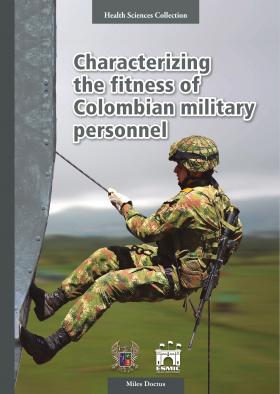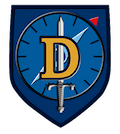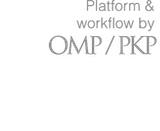Instrucciones para autores
Proceso editorial
Política de calidad
Enviar un libro
Characterizing the fitness of Colombian military personnel
Palabras clave:
Colombia, fitness, military personnelSinopsis
One of the great limitations in applying research involving the military population is that data are taken from other studies that do not reflect the specific characteristics or conditions of Colombian soldiers. Regardless, the outcomes are applied and appropriated as if these soldiers were, in fact, the sample of the study. In response to this situation, this work publishes the results of research involving the physical performance of Colombian military personnel to provide the academic community with descriptions of the variables that make up this population’s physical fitness training. This work is a first attempt to characterize their physical, physiological, and biomechanical capabilities using the best available evidence and state-of-the-art technology. One of this book’s main contributions to military physical training knowledge is that it is the first initiative to evaluate Colombian military personnel’s level of physical training. The scientific rigor of the studies in this compilation allows the reproducibility of the tests (external validity). It paves the way for a series of studies in military physical performance and health-related factors concerning active members of the National Army, seeking to characterize, evaluate, and determine training programs to optimize the institution’s pillars of doctrine. The ultimate goal is to drive the improvement of soldiers’ physical conditions, favoring a better quality of life and safety in operational performance.
Capítulos
-
Introduction
-
Chapter 1. Body Mass Index in a Military Population and its Correlation with Other Anthropometric Indicators
-
Chapter 2. Anthropometric Changes in Students Resulting from the Advanced Combat Course at Escuela Militar de Cadetes
-
Chapter 3. Electrical Bioimpedance to Determine Body Composition in Students from the Colombian National Army’s Training Schools
-
Chapter 4. Maximum Ventilatory Equivalents and Oxygen Pulse in the Pre-competitive Phase of Military Athletes. An Observational Study
-
Chapter 5. Characterization of Oxygen Consumption in a Special Population: AFEAU (Urban Antiterrorist Special Forces Group)
-
Chapter 6. Relationship between Lumbar and Ischiotibial Flexibility in Pentathletes from Escuela Militar de Cadetes “General José María Córdova” in Bogotá D.C., Colombia
-
Chapter 7. Jumping Test Lower Limb Neuromuscular Characterization in First-level Students from Escuela Militar de Cadetes
-
Chapter 8. Risk Factors for Medial Tibial Stress Syndrome Associated with the Kinetics of the Countermovement Jump in Cadets Undergoing Training
-
General conclusion
Descargas

Descargas
Publicado
Licencia

Esta obra está bajo una licencia internacional Creative Commons Atribución-NoComercial-SinDerivadas 4.0.









